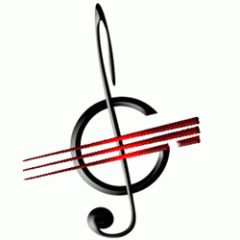Hi
Bobby Womack, one of the most successful soul singer/songwriters, has died at the age of 70. In a career that lasted almost 60 years, it is fair to say that the man lived life to the full. Not only was he known as a singer in his own right, but he also penned many famous tunes for other people, as well as playing guitar as a session musician. His soundtrack for the film Across 100th Street (1972) showed serious longevity as it was later used by directors in other movies, notably Quentin Tarantino in Jackie Brown.
The legendary Sam Cooke brought Womack to the attention of the wider world when he signed him to his own label, and a song Womack had written for his own band (The Valentions), It’s All Over Now, was covered by the Rolling Stones, bringing them their first hit. Womack was a member of Cooke’s band until Cooke’s early death, as well as working for Ray Charles from 65-68 as a musician. He famously left Charles after he claimed that the blind musician had a tendency to want to pilot his own planes. Prodigious as a session musician, he played guitar for many illustrious stars, amongst them Elvis Presley. In the early 70’s solo releases saw him top the charts in his own right, though in the late 70’s his career stuttered. The early 80s saw another re-birth of his career, with two solo albums, The Poet I & II, being critical and commercial success.
His private life was colourful to say the least. After Sam Cooke had passed away at the early age of 33. Womack married Cooke’s widow a mere three months later. This caused serious ructions within the wider families, and he was even booed at gigs. Things did not settle down, however, as 6 years later his wife found him in bed with her then 18 year old daughter, Linda. It gets more complicated. Linda later married Bobby’s brother, Cecil Womack, and they formed the famous Womack & Womack. In 1976 he re-married, but his four month old son with his new wife sadly died at the age of just 4 months, reigniting a cocaine habit that had blight most of his adulthood. There were more releases in the 90’s, but in 2010 a feature on the fourth Gorillaz album once again brought him wider attention.








![roland-vp770-vocal-and-ensemble-keyboard-[2]-498-p](https://www.greatscores.com/blog/wp-content/uploads/2014/03/roland-vp770-vocal-and-ensemble-keyboard-2-498-p-300x199.jpg)











